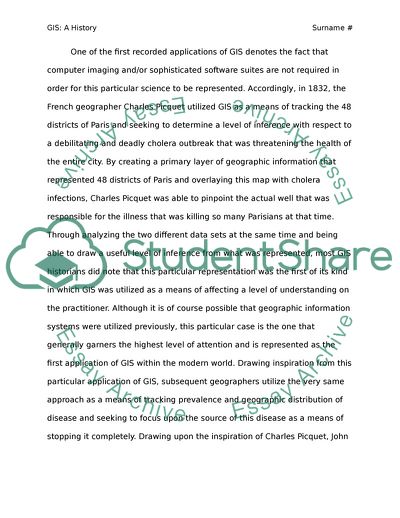Cite this document
(History of Geographic Information Systems Essay Example | Topics and Well Written Essays - 1250 words, n.d.)
History of Geographic Information Systems Essay Example | Topics and Well Written Essays - 1250 words. https://studentshare.org/geography/1819381-history-of-geographic-information-systems
History of Geographic Information Systems Essay Example | Topics and Well Written Essays - 1250 words. https://studentshare.org/geography/1819381-history-of-geographic-information-systems
(History of Geographic Information Systems Essay Example | Topics and Well Written Essays - 1250 Words)
History of Geographic Information Systems Essay Example | Topics and Well Written Essays - 1250 Words. https://studentshare.org/geography/1819381-history-of-geographic-information-systems.
History of Geographic Information Systems Essay Example | Topics and Well Written Essays - 1250 Words. https://studentshare.org/geography/1819381-history-of-geographic-information-systems.
“History of Geographic Information Systems Essay Example | Topics and Well Written Essays - 1250 Words”. https://studentshare.org/geography/1819381-history-of-geographic-information-systems.


